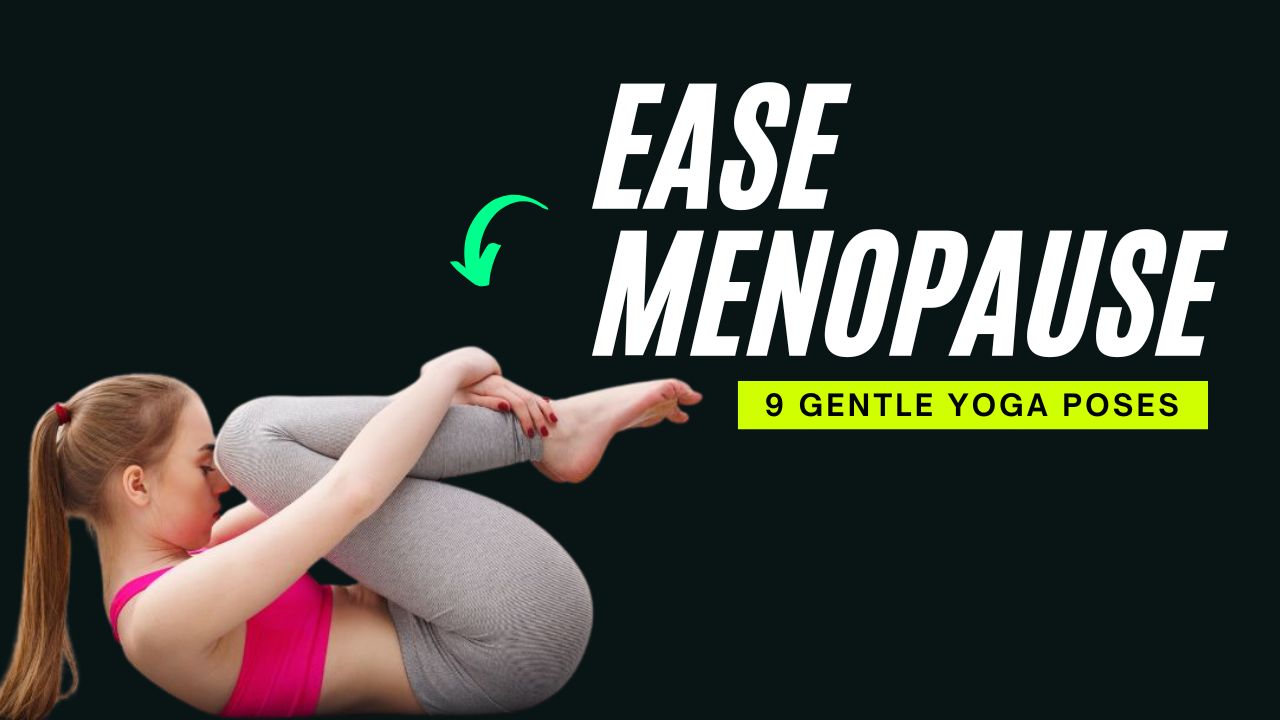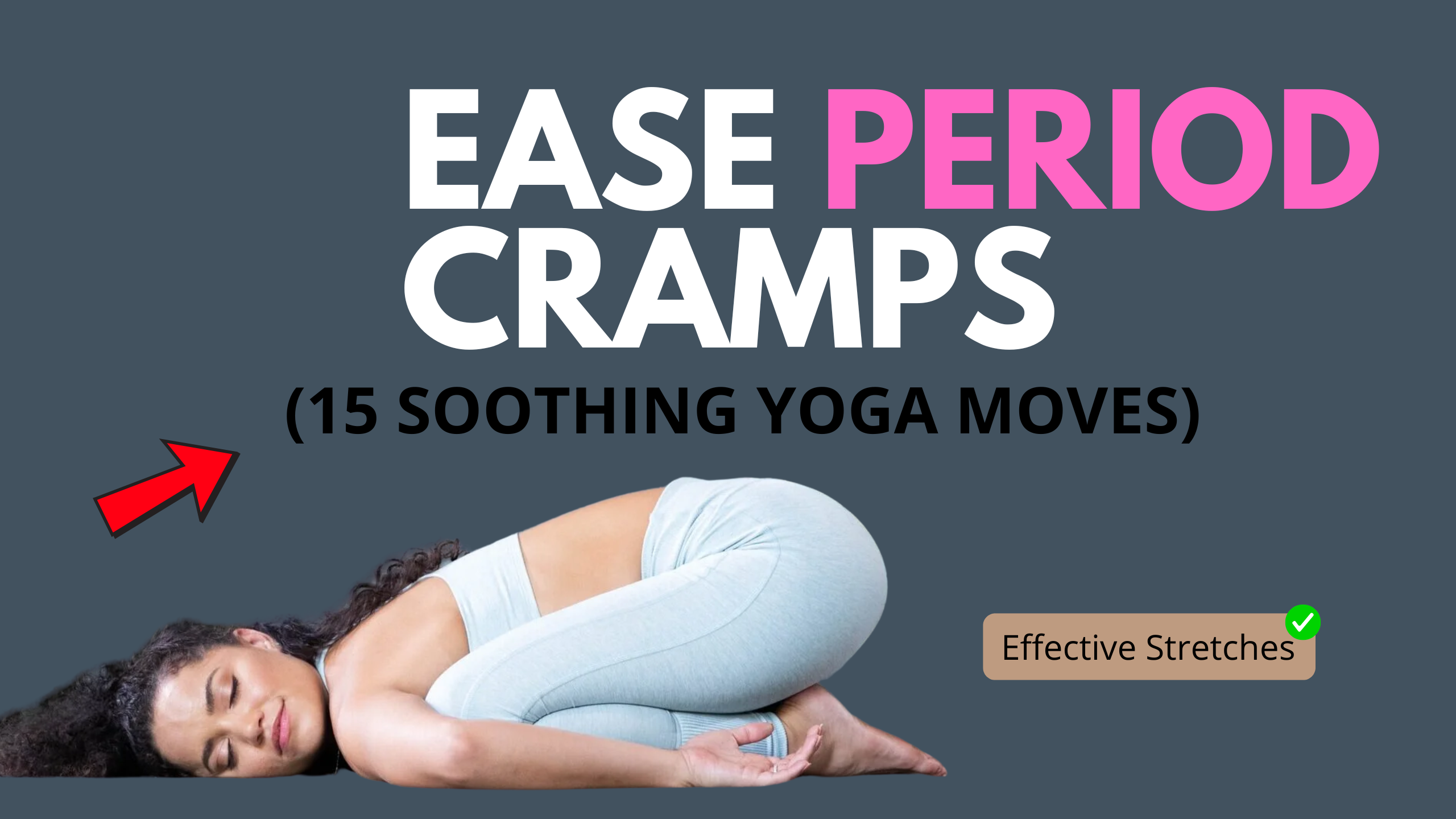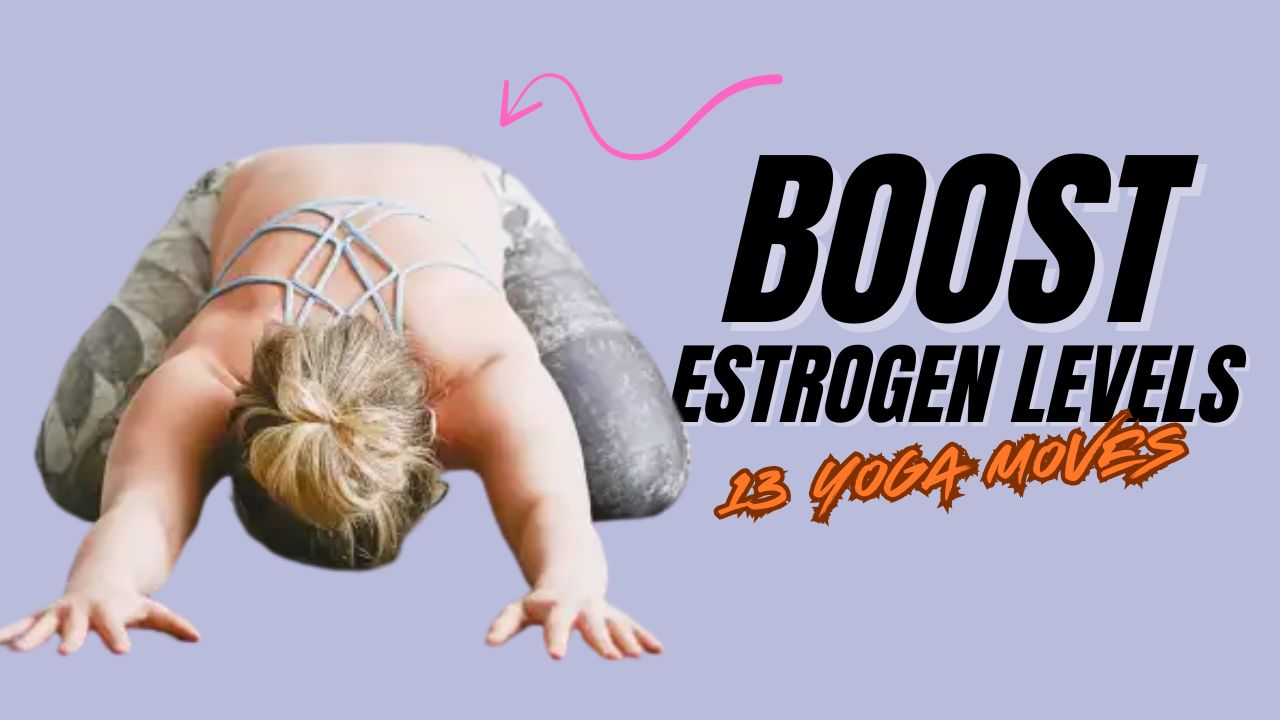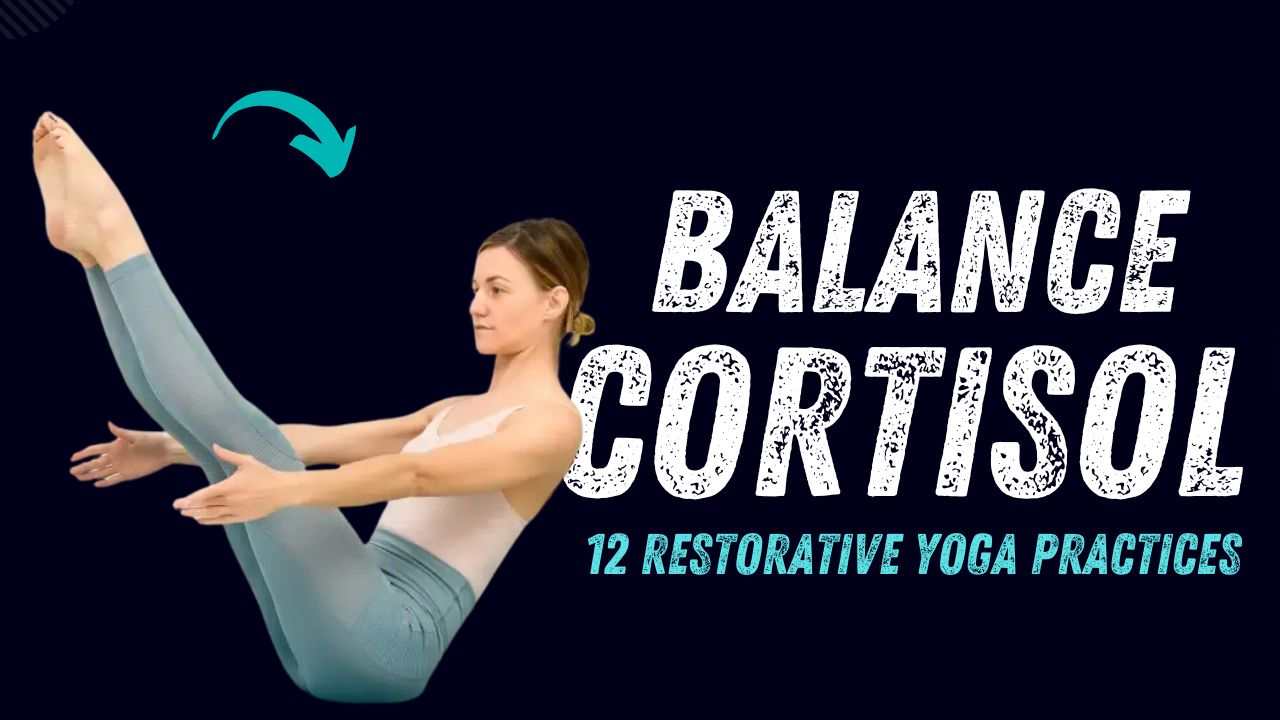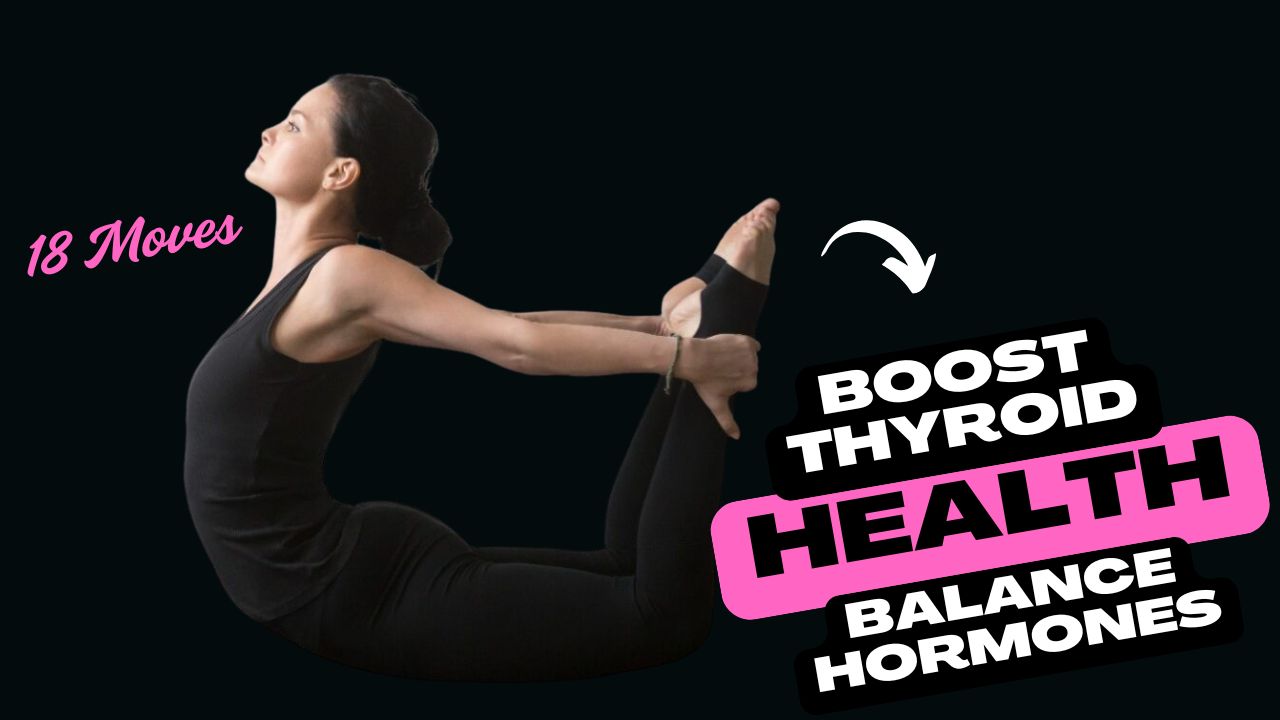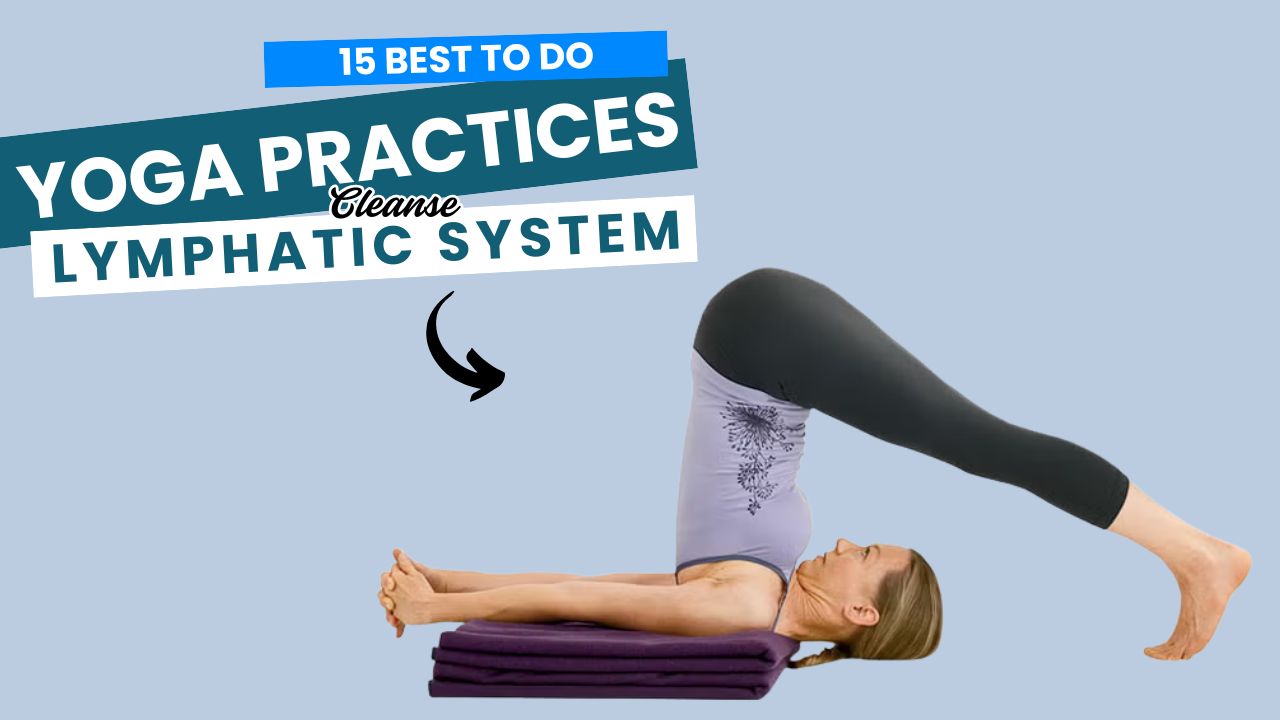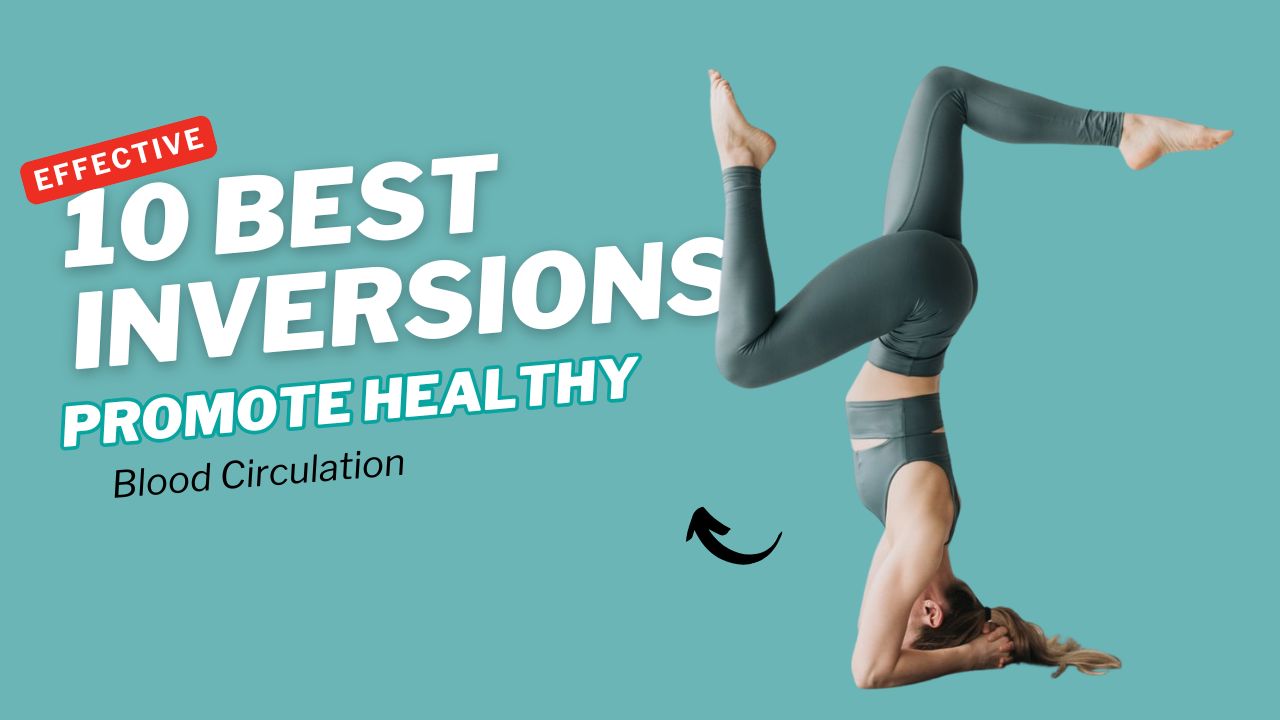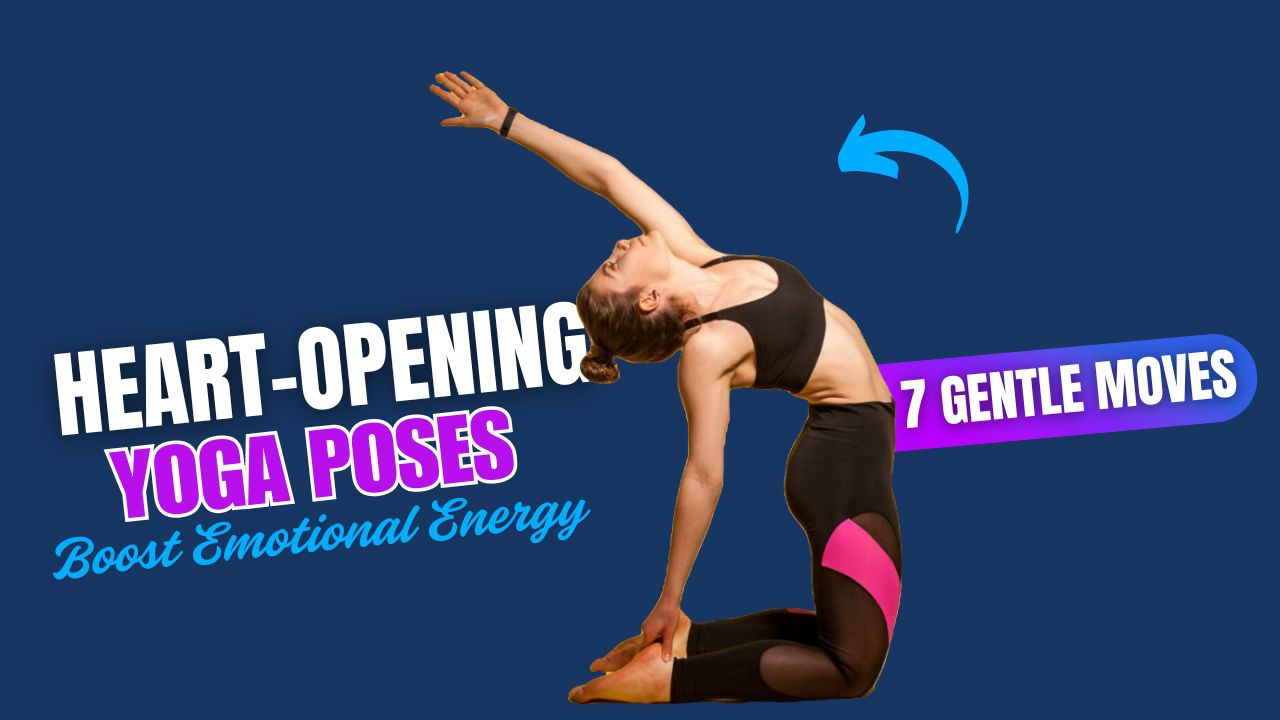Do you know that your back holds the secret to better posture, raw power, and a pain-free body?
In an age where desk jobs and sedentary lifestyles are the norm, our backs often bear the brunt. Poor posture, tight shoulders, and nagging aches aren’t just signs of aging—they’re often the result of neglected back muscles.
But here’s the good news: you don’t need fancy gym equipment to build a strong, powerful back. With just your bodyweight, you can unlock the key to enhanced posture, improved athleticism, and even a reduction in back pain.
This guide isn’t just a list—it’s your blueprint for a balanced, resilient body. Each exercise is broken down step-by-step, with expert tips, engaging facts, and how-to instructions, so you can integrate them into your routine seamlessly.
Let’s dive into the 14 ultimate bodyweight back exercises that will transform how you stand, move, and feel.

Table of Contents
What Happens After 30 Days of These Exercises
| Positive Changes | What to Watch Out For |
|---|---|
| Noticeable improvement in posture | Possible mild muscle soreness as your body adapts |
| Stronger, more defined back muscles | Overtraining if you don’t allow enough recovery |
| Better core engagement and stability | Plateaus if you don’t increase challenge levels |
| Reduced back stiffness and improved flexibility | Minor joint discomfort if form isn’t correct |
| Enhanced body awareness and movement control | Frustration if you expect dramatic muscle growth |
| Increased endurance and stamina | Potential burnout if you overdo sessions |
| Boosted confidence and motivation | Risk of neglecting other muscle groups if you focus only on back exercises |
Do’s & Don’ts of Bodyweight Back Exercises
| Do’s | Don’ts |
|---|---|
| Warm up before starting your workout | Skip the warm-up to “save time” |
| Focus on slow, controlled movements | Rush through exercises without proper form |
| Engage your core to support your spine | Arch or collapse your lower back |
| Maintain a neutral neck alignment | Strain your neck by looking up or forward |
| Breathe steadily throughout each exercise | Hold your breath during movements |
| Start with easier variations if you’re a beginner | Jump into advanced moves without preparation |
| Listen to your body and rest when needed | Push through sharp pain or discomfort |
| Be consistent—aim for 2–4 times per week | Expect instant results after a single workout |
| Use a mirror or record yourself for form checks | Assume you’re doing it right without checking |
| Stretch tight areas like chest and hip flexors | Only focus on back muscles and neglect mobility |
1. Superman Hold
Why It Works
This move targets the entire posterior chain—from your lower back to your glutes—boosting spinal support.
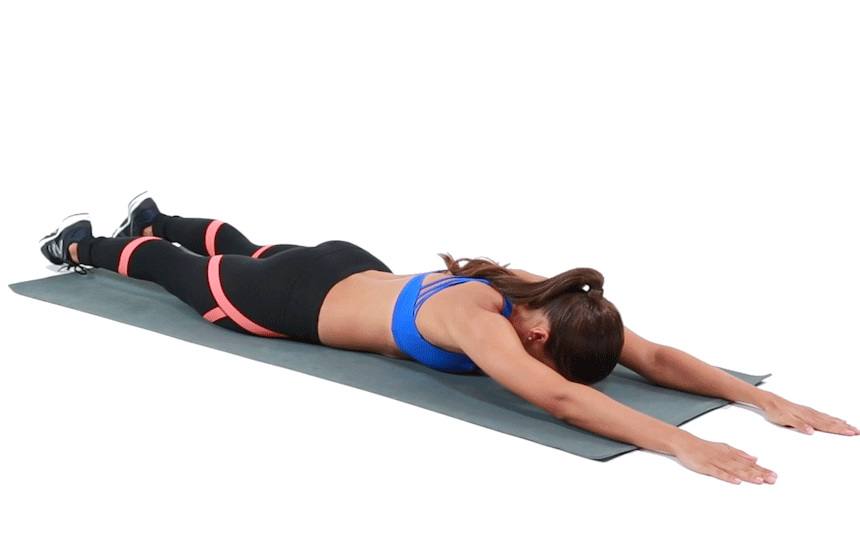
How To
- Lie face down with arms extended forward.
- Simultaneously lift your arms, chest, and legs off the floor.
- Hold for 20–30 seconds, then slowly lower.
Did You Know?
Holding the Superman position improves proprioception, which is your body’s awareness of its position in space—essential for posture!
2. Reverse Snow Angels
Why It Works
This exercise strengthens the mid-back and rear shoulders, promoting better scapular control.

How To
- Lie face down with arms extended at your sides, palms down.
- Slowly sweep your arms in a wide arc overhead, keeping them just off the ground.
- Reverse the movement back to your sides.
Interesting Fact
Most people think posture is about standing up straight—but strong scapular muscles are the real heroes behind that confident, upright posture.
3. Quadruped Rows
Why It Works
Targets the upper back and core stability, mimicking dumbbell rows without equipment.

How To
- Get on all fours.
- Lift one hand off the ground and pull your elbow towards your ribs.
- Hold briefly, then lower. Alternate sides.
4. Wall Slides
Why It Works
Perfect for those who sit a lot—this move enhances thoracic mobility and posture.

How To
- Stand with your back against a wall, arms raised in a goalpost shape.
- Slide your arms up and down, maintaining contact with the wall.
Myth Busted
Many believe posture is a “set it and forget it” muscle memory. In reality, posture muscles need consistent activation—exercises like wall slides retrain them.
5. Bird Dog
Why It Works
Improves coordination and spinal stability while engaging both upper and lower back muscles.

How To
- Start in a tabletop position.
- Extend one arm forward and the opposite leg back.
- Hold for a few seconds, then switch sides.
6. Prone Y-T-W
Why It Works
This trio variation targets the traps, rhomboids, and rear delts for full-back engagement.

How To
- Lie face down.
- Raise arms overhead in a “Y,” then move them to a “T” and finally a “W.”
- Focus on squeezing your shoulder blades each time.
7. Glute Bridge March
Why It Works
Engages the lower back and glutes while challenging stability.

How To
- Lie on your back, knees bent, feet flat.
- Lift hips into a bridge, then alternate lifting each knee.
- Keep hips level throughout.
8. Doorway Rows
Why It Works
A clever way to simulate pulling movements, targeting mid-back muscles.
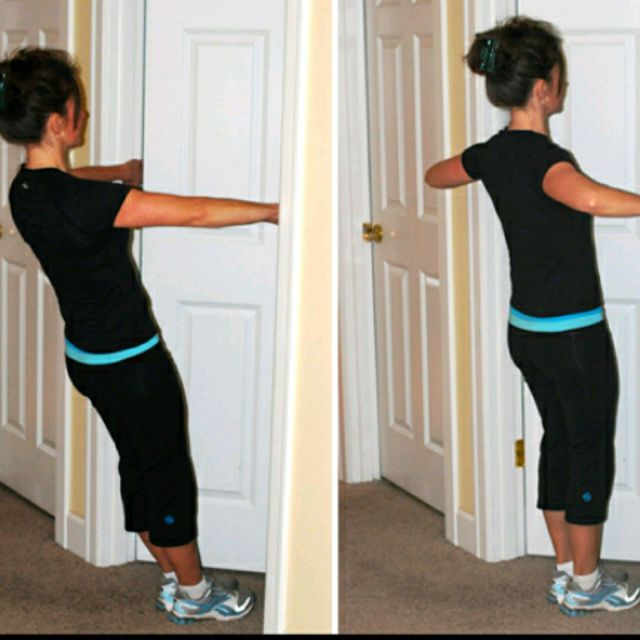
How To
- Hold onto a sturdy doorframe or bar at chest level.
- Lean back, then pull your chest towards your hands.
- Control the motion as you return to start.
9. Arch-Ups
Why It Works
Strengthens the erector spinae and glutes while improving spinal extension.
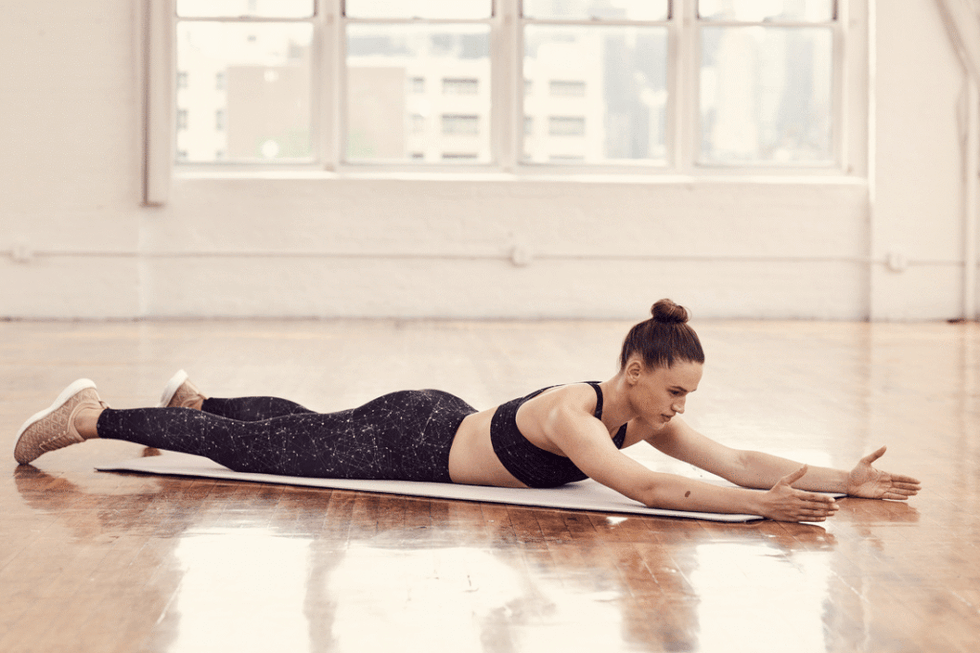
How To
- Lie face down, arms at your sides.
- Lift your chest and legs off the ground, squeezing glutes.
- Lower with control.
10. Pike Push-Ups
Why It Works
Targets the upper back and shoulders with an emphasis on shoulder stability.
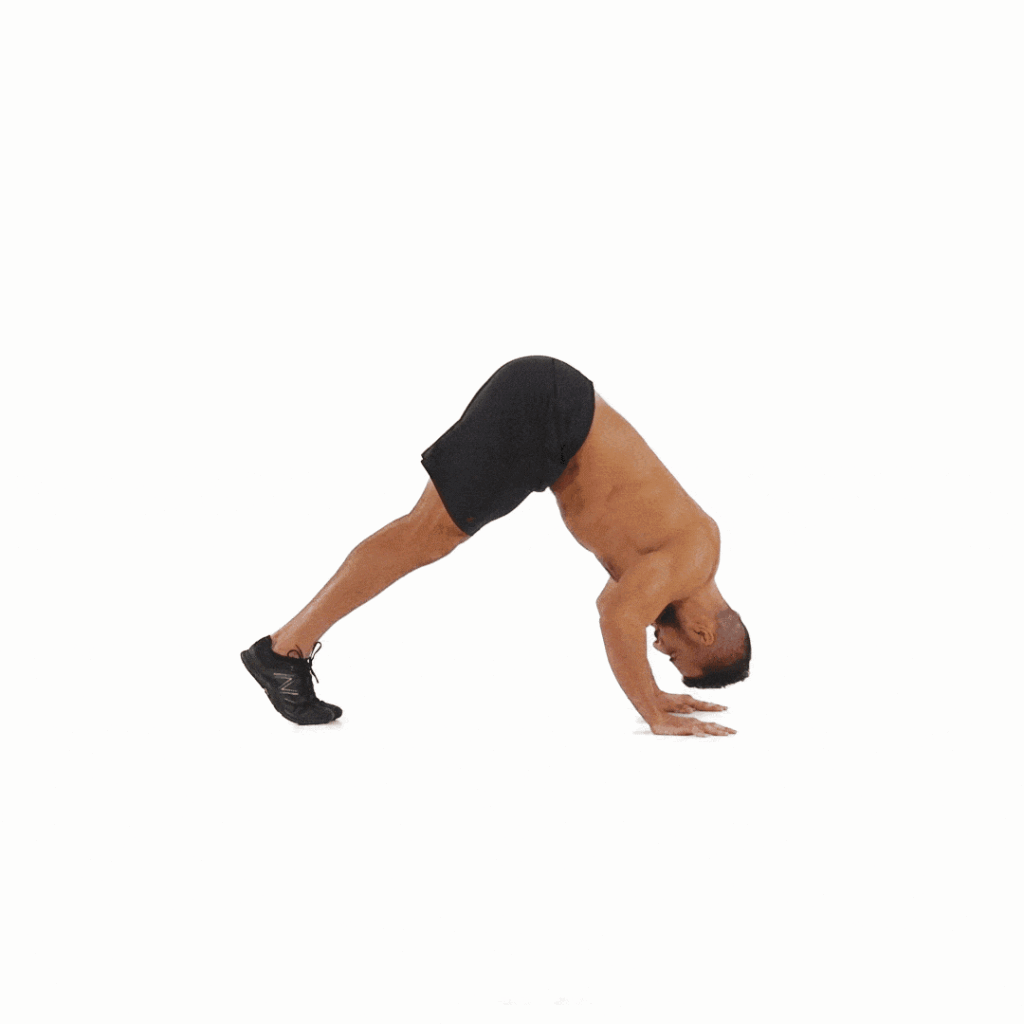
How To
- Start in a downward dog position.
- Bend your elbows to lower your head towards the floor, then push back up.
11. Scapular Push-Ups
Why It Works
Focuses on scapular movement, essential for shoulder health and posture.
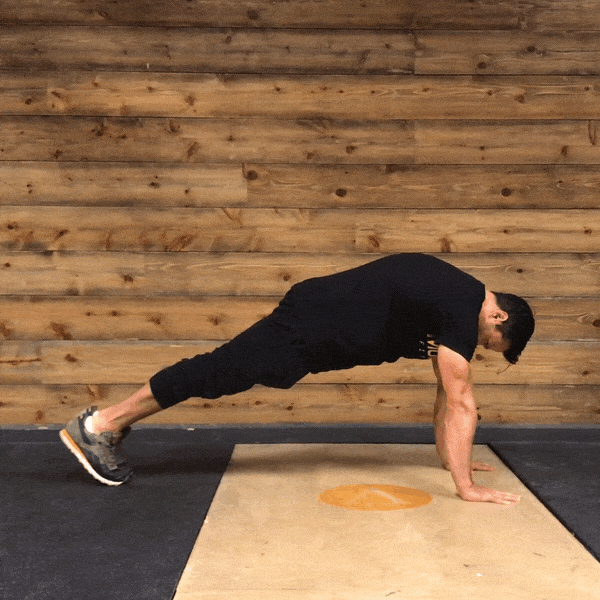
How To
- In a push-up position, keep your elbows locked.
- Squeeze shoulder blades together, then push them apart.
12. Side-Lying Windmills
Why It Works
Opens up the thoracic spine and strengthens rotational muscles.
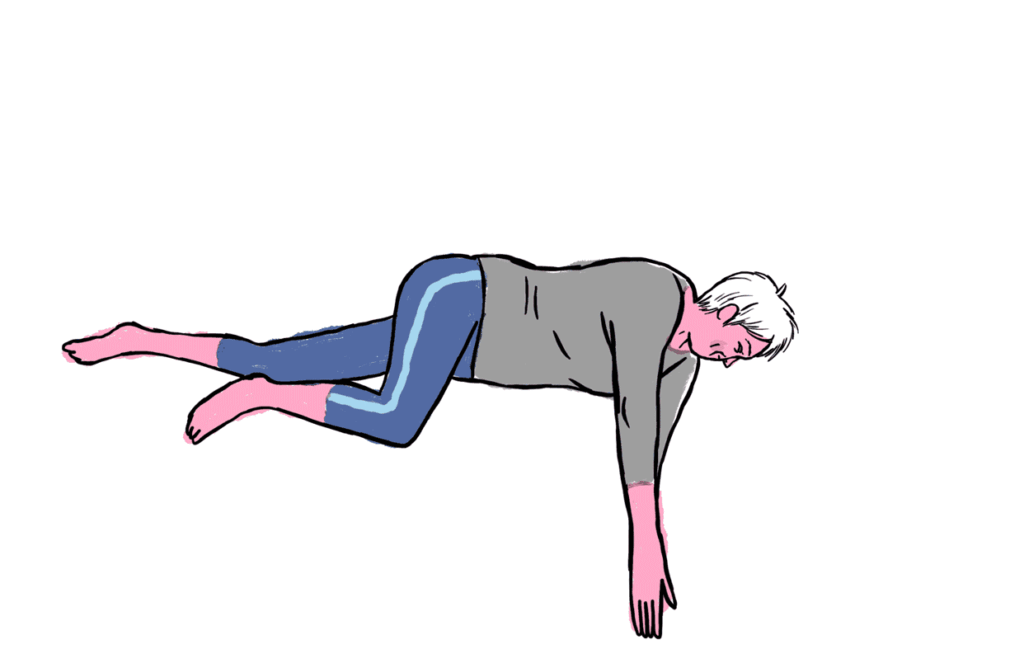
How To
- Lie on one side, knees bent.
- Extend the top arm forward, then sweep it overhead and back, following with your eyes.
- Return to start and repeat.
13. Crab Walks
Why It Works
Challenges shoulder stability and strengthens the entire posterior chain.

How To
- Sit on the floor, hands behind you, knees bent.
- Lift hips off the floor and walk forward and backward.
14. Reverse Plank
Why It Works
Targets the posterior chain, including the lower back, glutes, and shoulders.

How To
- Sit with your legs extended and your hands behind you.
- Lift hips off the ground, forming a straight line from head to heels.
- Hold for 20–30 seconds.
Conclusion
These 14 exercises aren’t just movements—they’re tools to reshape your body, unlock better posture, and unleash your true strength. Whether you’re aiming for a pain-free back, better athletic performance, or a confident posture, integrating these bodyweight exercises into your routine will deliver results.
Remember: You don’t need a gym. You need consistency, focus, and a bit of creativity.
Frequently Asked Questions (FAQs)
Can bodyweight exercises really build back strength?
Yes! While weights can add resistance, your body weight provides more than enough challenge when used creatively. Bodyweight exercises engage stabilizing muscles, improve functional strength, and are ideal for targeting the back without added strain.
How often should I do these exercises?
Aim for 2–4 times a week, depending on your fitness level. Ensure you’re allowing at least one day of rest in between sessions to let your muscles recover.
How long will it take to see results?
With consistent effort and proper form, you can expect to feel stronger and more stable within 2–4 weeks. Improved posture and noticeable definition may appear within 6–8 weeks.
Can these exercises fix poor posture?
They certainly help! Strengthening your back muscles supports spinal alignment, which can correct postural imbalances. However, posture also involves lifestyle factors like sitting habits and stretching tight muscles (e.g., chest and hip flexors).
I have back pain. Are these exercises safe?
Most of these exercises are low-impact and focus on building stability and strength. However, if you have existing back pain or an injury, consult with a healthcare professional or physical therapist before starting.
Do I need any equipment?
No! All the exercises are designed to be performed without equipment. For a few moves like doorway rows, you’ll just need a sturdy surface (like a doorframe or rail).
Can beginners do these exercises?
Absolutely. These exercises range from beginner-friendly moves like the Superman Hold and Wall Slides to more challenging ones like Pike Push-Ups and Crab Walks. Start with easier ones and gradually progress.
Can these exercises replace gym back workouts?
For many people, yes. Bodyweight exercises can effectively replace gym routines, especially for improving posture, stability, and functional strength. However, for muscle hypertrophy (size gain), you might eventually incorporate weighted resistance.
How long should a workout with these exercises take?
A balanced back-focused workout can take 20–30 minutes, depending on your rest intervals and the number of sets you perform.
